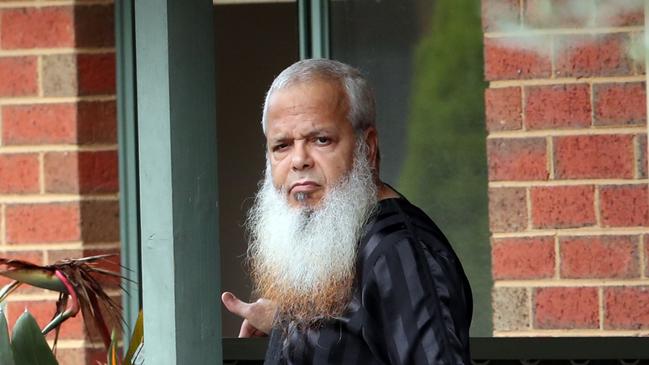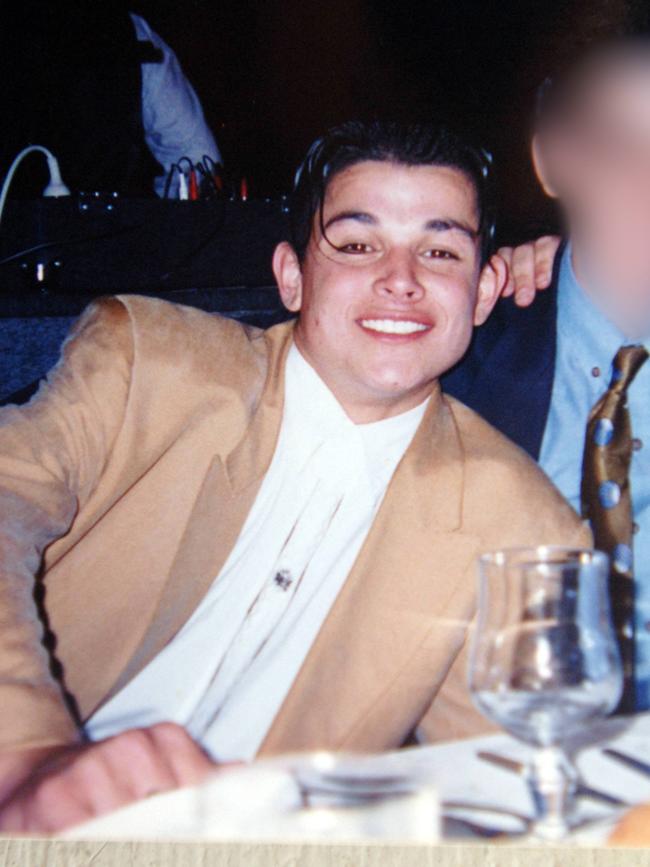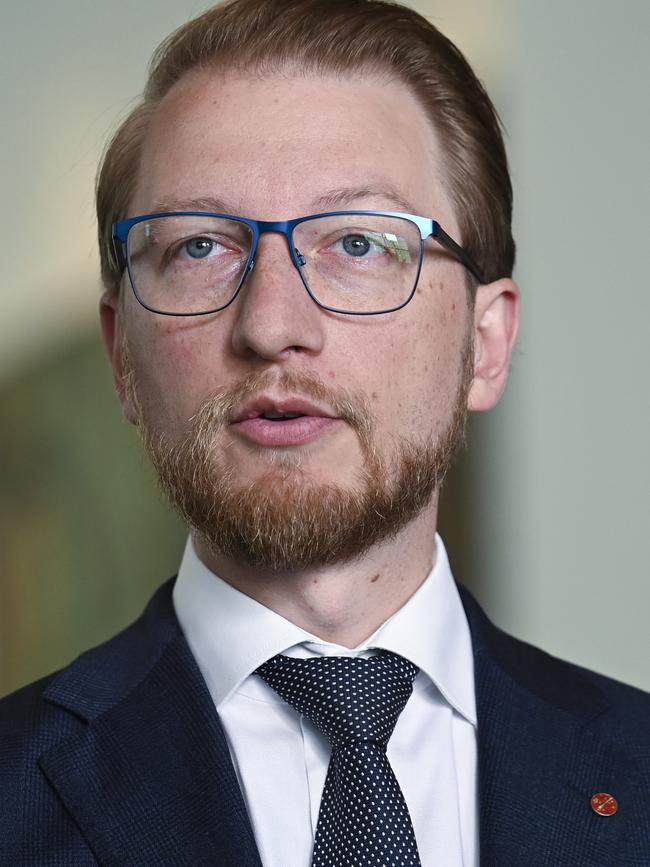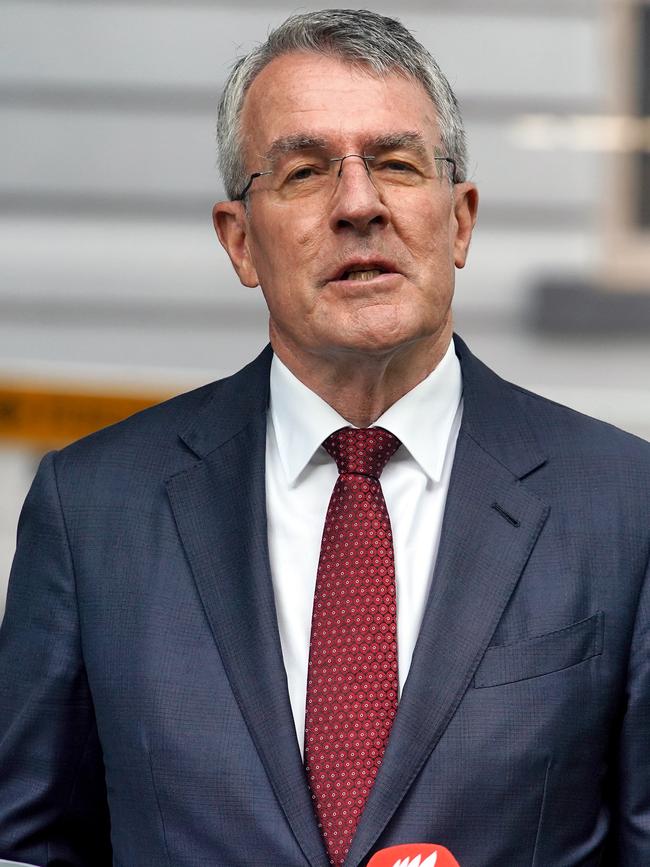Monitoring of freed high risk terrorist offenders costing Australia $7420 every hour
A string of new high risk terrorist offenders are due to be released in Australia this year, as police say they are increasing monitoring.

National
Don't miss out on the headlines from National. Followed categories will be added to My News.
A string of new high risk terrorist offenders are due to be released this year, with increased monitoring costing $7420 every hour.
Spies from ASIO and the Australian Federal Police will be charged with monitoring the movements, social media use and telephone conversations of convicted terrorists who have completed their sentences.
There will be eight convicted terrorists to be released before the end of next year, while another 15 were due out between 2026 and 2029, according to Senate figures.
They include former Home and Away actor Omar Baladjam, who stockpiled weapons and shot a police officer when he was arrested but was due for release in July.


Used car salesman Khaled Temssah who wanted to travel to India to fight with Islamic State, was due out in March, while Mohamed Almaouie, who was part of a plot to blow up a police station in Sydney, was due out in December.
The Australian Federal Police have created dedicated teams to monitor terrorists once they are released, warning that terrorism was a “persistent and enduring threat”.
“It takes significant AFP resources to monitor High Risk Terrorist Offenders once released into the community; this is compounded by an increased caseload of HRTOs recently released or scheduled for release in upcoming years,” the AFP said in a statement.
“Given the significant and increasing workload, the Commonwealth funding received ensures the AFP is positioned to co-ordinate with Commonwealth, state and territory partners to ensure HRTOs are managed appropriately and to address the risk they pose to the community.
“Some of those convicted offenders may continue to pose a risk to the Australian community after they are released from custody.”
The upcoming releases come two decades after police interrupted several terror plots amid heightened tension surrounding the Iraq war, and the conflict in Syria.
The New York-based Counter Extremism Project warned that Israel’s war against Hamas was currently being used by ISIS as a call for new terror attacks.
“The threat by lone perpetrators, including individuals that have no prior affiliation with terrorist or extremist networks, remains a major concern for all security authorities, including Australian ones,” Dr. Hans-Jakob Schindler, Senior Director at the Counter Extremism
Project, told this masthead.
“Since such attacks do not require much or any preparation, detecting those remains a major challenge.”


Opposition Home Affairs spokesman James Paterson said the release of high risk prisoners was increasing the workload for authorities.
“ASIO and the AFP have their work cut out for them monitoring high-risk terrorist offenders released back into the community,” Mr Paterson said.
Attorney-General Mark Dreyfus allocated an extra $130 million to monitor released terrorists in last year’s May Budget.
The money was due to be spent over two years, or $7420 each and every hour.
He blamed the previous coalition government’s “wilful mishandling” of high risk offenders, saying it had failed to provide ongoing funding to monitor them.

That bill includes monitoring of MCG bomb plotter Adbul Nacer Benbrika, who was released before Christmas.
Benbrika told the Herald Sun from his home in Melbourne’s northern suburbs that he was no longer a threat.
Faheem Lodhi, who planned to blow up the national electricity grid, was released in October last year – 12 months before his 20-year sentence was due to expire.
Lodhi had told a parole hearing that he was “wrong” about his religion, adding: “I only ask for forgiveness from the Australian community.”
The ringleader of the “tinnie terrorists” Robert Musa Cerantonio, who planned to sail a 7m boat from far North Queensland to the Philippines to overthrow the government there, had renounced his ways in a prison letter, writing: “The evil which has come from such extremist ideology must be confronted, and I hope that my experiences may be of help in drawing others away from the same mistakes.”





